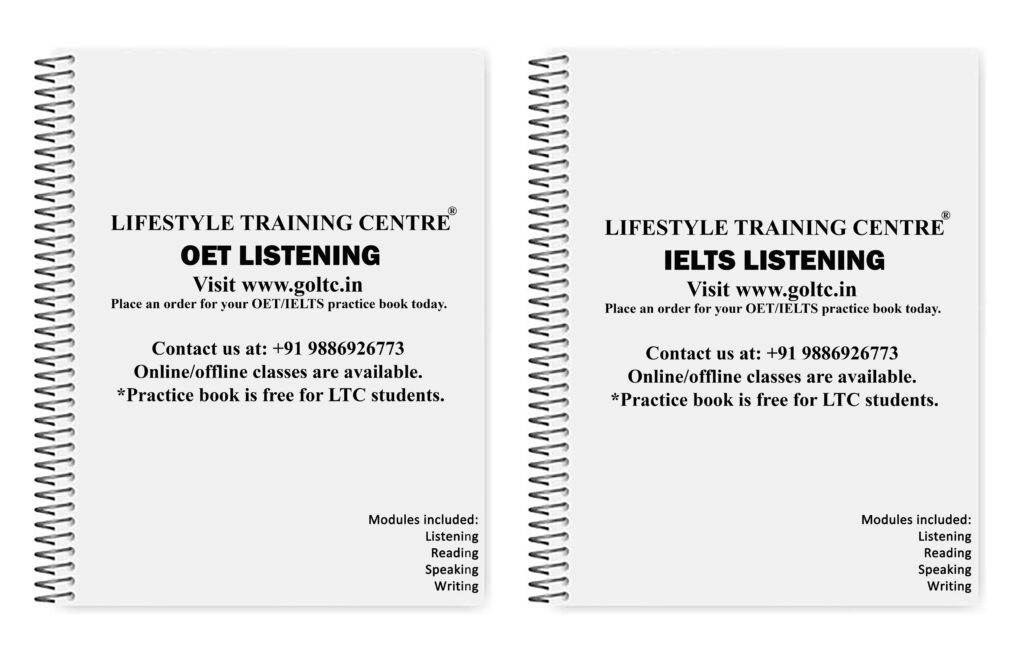Bullying in schools can have serious consequences for students. How does bullying affect students, and what measures can be implemented to prevent and address bullying in educational settings?
Model answer by Lifestyle Training Centre
Bullying is a pervasive and insidious issue, often yielding tragic outcomes, particularly within academic settings. Its impact transcends mere insults, inflicting lasting harm with lifelong repercussions. This essay will illuminate some of the profound ramifications of bullying while proposing pragmatic actions to combat this grave injustice.
First and foremost, bullying severely damages a child’s mental health. The cruel and cowardly nature of bullying implants feelings of worthlessness and helplessness in its victims. Often, those in positions of power, such as stronger individuals or older students, exploit their status to mistreat the weaker or younger ones, starting with verbal abuse that can escalate to physical violence, and tragically, even to accidental or deliberate homicide. Moreover, the consequences of bullying can drive a student to abandon their studies entirely out of fear of returning to school. Additionally, as a reactionary response, victims of bullying may eventually adopt bullying behaviours themselves. This insidious cycle perpetuates negative characteristics among students, subtly fostering a path towards criminal behaviour.
Careful measures must be taken to counteract bullying effectively. Fostering a friendly atmosphere and deep bonds among students can significantly reduce the likelihood of bullying. Continuous monitoring by teachers enhances students’ awareness, alongside the installation of surveillance cameras for added safety. Finally, establishing and implementing strict anti-bullying rules without bias would eliminate every chance of bullying.
To conclude, bullying, especially within school settings, remains a significant concern, with the potential to inflict psychological harm, instil fear, and cultivate negative behaviours among students. Implementing stringent measures against bullies, increased supervision through surveillance cameras, and vigilant monitoring by teachers could significantly deter bullying behaviours. Ultimately, schools should aspire to be sanctuaries of safety and support, where every child feels valued, nurtured, empowered, and educated.
List of vocabulary used
- Pervasive: Spread widely throughout an area or a group of people.
- Insidious: Proceeding in a gradual, subtle way, but with harmful effects.
- Yielding: Producing or providing.
- Tragic: Causing or characterized by extreme distress or sorrow.
- Academic settings: Environments related to education, such as schools or universities.
- Transcends: Goes beyond the limits of.
- Inflicting: Causing something unpleasant or painful to be suffered by someone or something.
- Repercussions: Unintended consequences of an event or action, especially when unwelcome or unpleasant.
- Illuminate: To clarify or explain.
- Profound: Very great or intense.
- Ramifications: Consequences of an action or event, especially when complex or unwelcome.
- Pragmatic: Dealing with things sensibly and realistically.
- Combat: To take action to reduce or prevent something bad or undesirable.
- Grave: Serious or important.
- Injustice: Lack of fairness or justice.
- Mental health: A person’s condition with regard to their psychological and emotional well-being.
- Cruel: Willfully causing pain or suffering to others.
- Cowardly: Lacking courage.
- Implants: Establishes or fixes (an idea) firmly in someone’s mind.
- Worthlessness: The feeling of having no value.
- Helplessness: The feeling of being unable to do anything to help oneself.
- Exploit: To take advantage of someone or something in a way considered unfair or underhanded.
- Verbal abuse: The use of words to cause harm to the person being spoken to.
- Escalate: To increase rapidly.
- Physical violence: The use of physical force to harm someone.
- Homicide: The killing of one person by another.
- Consequences: The results or effects of actions or conditions.
- Abandon: To give up completely.
- Reactionary: Opposing political or social progress or reform.
- Adopt: To take up or start to use or follow.
- Cycle: A series of events that are regularly repeated in the same order.
- Perpetuates: Makes something continue indefinitely.
- Subtly: In a manner that is not obvious or easily noticeable.
- Fostering: Encouraging or promoting the development of.
- Surveillance: Close observation, especially of a suspected person or area.
- Eliminate: To completely remove or get rid of.
- Sanctuaries: Places of refuge or safety.
- Valued: Considered to be important or beneficial.
- Nurtured: Cared for and encouraged the growth or development of.
- Empowered: Given the power or authority to do something.
- Educated: Given intellectual, moral, and social instruction.
IELTS Speaking Task Topics
Click on any topic to explore more!
Names

Learn about the importance of names and their cultural significance.
Study / Job

Discuss various aspects of studying and working in different fields.
Hometown

Explore the charm of your hometown and its unique features.
Accomodation

Understand various types of accommodation and living situations.
Weather

Learn about how weather influences daily life and activities.
Time

Discuss the concept of time, its importance, and time management.
Television

Talk about the role of television in modern entertainment.
Museum

Discuss the cultural importance of museums and historical exhibits.
Holidays

Explore the significance of holidays and different celebrations.
Films

Learn about the impact of films on culture and society.
Leisure Time

Discuss how leisure activities impact personal well-being.
Sport

Talk about the role of sports in health, entertainment, and culture.
Vegetables and Fruits

Discuss the health benefits and importance of fresh produce.
Maths

Explore the role of mathematics in various aspects of life.
Sky

Discuss the beauty and scientific significance of the sky.
Clothes&Fashion

Explore how clothing reflects culture and personal expression.
Weekend

Discuss the importance of weekends and ways people relax.
Reading

Learn about the importance of reading and various reading habits.
Sleep

Explore how sleep impacts physical and mental well-being.
Trees&Plants

Discuss the environmental and health benefits of plants.
Newspaper

Discuss the evolving role of newspapers in the digital age.
Texting

Explore the role of text messaging in modern communication.
Memorising

Learn techniques for improving memory and memorization.
Travelling

Discuss the importance and impact of traveling in modern society.
Communication

Explore the modes and significance of communicating well
Letter&Email

Explore the differences and significance of letters vs. emails.
Swimming

Discuss the benefits of swimming for health and fitness.
Snacks

Explore the role of snacks in daily nutrition and lifestyle.
Photography

Discuss photography’s cultural and artistic significance.
Help

Talk about the importance of offering and receiving help.
History

Discuss historical events and their impact on modern society.
Handwriting

Explore the significance of handwriting in education and culture.
Music

Learn about the influence of music on emotions and society.
Colours

Discuss how colours affect perception and mood.
Teachers

Explore the role of teachers in shaping students’ futures.
Being Alone

Talk about the experience and benefits of spending time alone.
Teamwork

Learn the importance of teamwork in professional and social contexts.
Countryside & City

Explore the charm and benefits of living in the countryside.
Social Media

Discuss the impact of social media on society and relationships.
Friends

Explore the importance of friendships in life.
Artificial Intelligence (AI)

Talk about the future of AI and its role in society.
Climate Change

Discuss the causes and consequences of climate change.
Transportation

Explore different modes of transportation in your area.
Sustainable Transportation

Explore ways to make transportation more environmentally friendly.
Space Exploration

Learn about the latest advancements in space exploration.
Shopping

Explore how shopping influences culture and the economy.
Modern Technology

Discuss how modern technology is reshaping society.
Technology

Learn about the role of technology in everyday life.
Sustainable Living

Explore ways to live sustainably for the future of the planet.
Globalisation

Learn about the effects of globalisation on society and economies.
Global Warming

Discuss the causes, effects, and solutions to global warming.
Gender Equality

Explore the importance of gender equality in modern society.
Health and Fitness

Discuss the importance of maintaining a healthy lifestyle.
Renewable Energy

Learn about renewable energy sources and their impact on the environment.
Cultural Traditions in Kerala

Explore the unique cultural traditions of Kerala, your hometown.
Cultural Traditions in Your Country

Learn about the cultural traditions in your country.
Education System

Discuss the education system in your country and its effectiveness.
Traditional Cuisine

Explore the significance of traditional cuisines in your culture.
Do you need printed IELTS/ OET practice material? Place your order today. Available now for just Rs: 1,100 (including shipping all across India) Contact us at our WhatsApp number: +91 9886926773 to place your order. (Free for LTC students)

We hope this information has been valuable to you. If so, please consider a monetary donation to Lifestyle Training Centre via UPI. Your support is greatly appreciated.

Would you like to undergo training for OET, PTE, IELTS, Duolingo, Phonetics, or Spoken English with us? Kindly contact us now!
📱 Call/WhatsApp/Text: +91 9886926773
📧 Email: mail@goltc.in
Visit us in person by following the directions on Google Maps. We look forward to welcoming you to the Lifestyle Training Centre.
Follow Lifestyle Training Centre on social media:
Thank you very much!
Free admission and English Courses. കാശ് കൊടുക്കാതെ അഡ്മിഷൻ. FREE ഇഗ്ലീഷ് കോഴ്സുകൾ. ഈ ഓഫർ നേടൂ. Contact us at +91 9886926773 പ്രോസസ്സിംഗ് ആയാസകരം.

New batch is open. Join today!

Ready to study abroad or master OET, PTE, IELTS, Duolingo, Phonetics, or Spoken English?
📞 Call us now at +91 9886926773
📱 Call/WhatsApp/Text: +91 9886926773
📧 Email: mail@goltc.in
Visit us in person by following the directions on Google Maps. We look forward to welcoming you to the Lifestyle Training Centre.
Follow Lifestyle Training Centre on social media:
Thank you very much!
